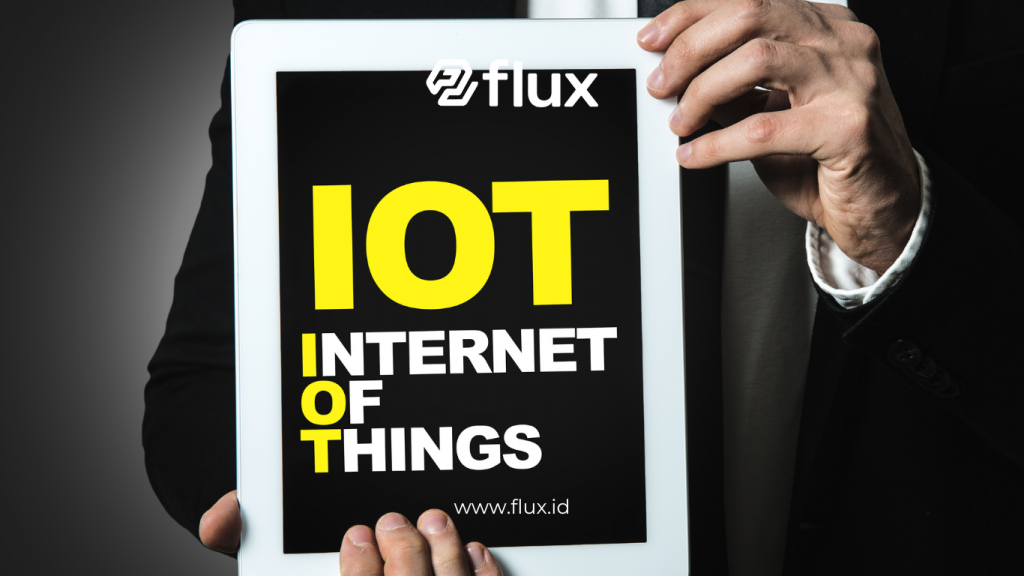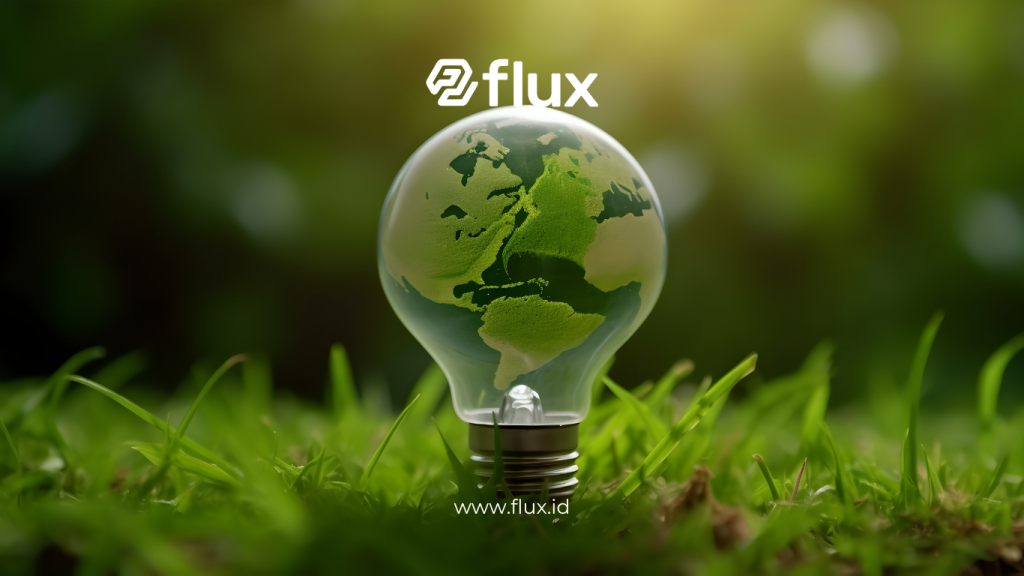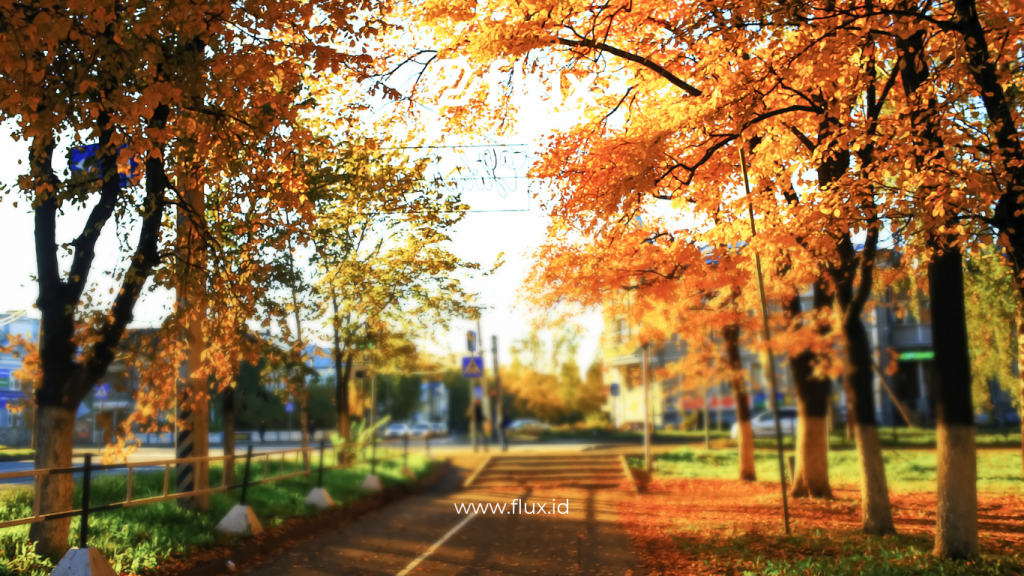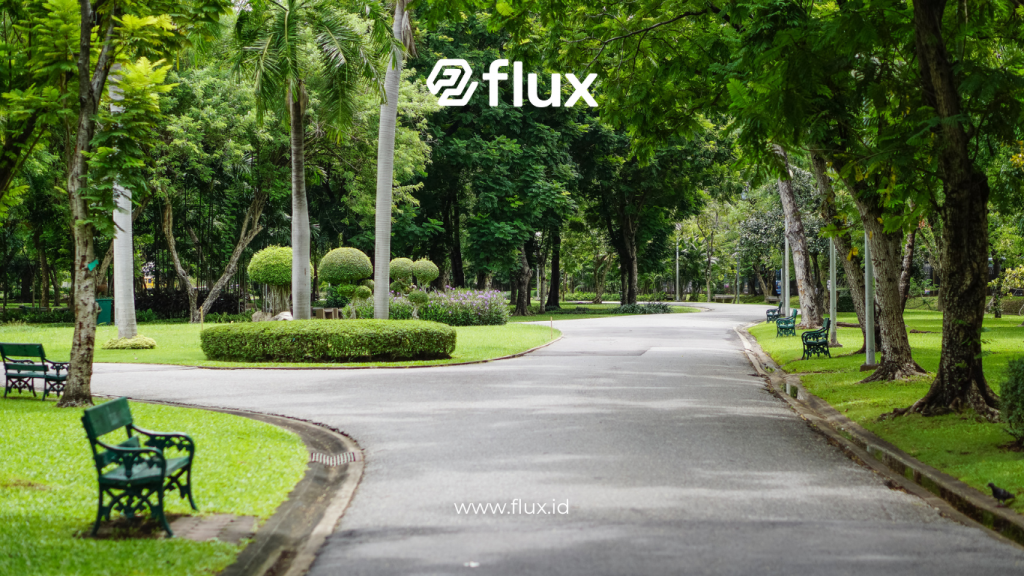Don't miss our holiday offer - 20% OFF!
Garden maintenance is crucial for preserving urban beauty and health. However, managing a garden involves significant effort and costs, especially in areas like water management, fertilization, and plant condition monitoring. Fortunately, IoT (Internet of Things) sensors provide innovative solutions to improve both the efficiency and effectiveness of garden maintenance. In this article, we will explore how IoT sensors are applied in garden care, examine the latest technological advancements, and discuss the benefits they offer to environmental health.
Contents
- 1 1. What Are IoT Sensors?
- 2 2. Types of IoT Sensors in Garden Maintenance
- 3 3. Latest Technologies in IoT Sensors for Gardens
- 4 4. Benefits of IoT Sensors in Garden Maintenance
- 5 5. Implementation of IoT Sensors in Urban Garden Projects
- 6 6. Challenges and Solutions in Using IoT Sensors in Gardens
- 7 Conclusion
1. What Are IoT Sensors?

IoT sensors are devices connected to the internet that gather data from their environment. For garden maintenance, these sensors measure various parameters such as soil moisture, temperature, light levels, and air quality. By analyzing the data collected by these sensors, gardeners can receive timely and accurate recommendations for garden upkeep.
2. Types of IoT Sensors in Garden Maintenance

Read More: Monitor Plants in the Garden via Mobile: Possible?
a. Soil Moisture Sensors
These sensors monitor the water content in the soil. By providing crucial information on soil moisture levels, they help gardeners determine the best times and amounts for watering. Consequently, they prevent overwatering or underwatering, which can damage plants.
b. Temperature and Light Sensors
Temperature and light sensors track microclimate conditions within the garden. This data is valuable for selecting suitable plant species and monitoring plant stress conditions.
c. Air Quality Sensors
Air quality sensors measure pollution levels, humidity, and harmful gases around the garden. This information is essential for maintaining healthy air quality for both plants and visitors.
d. Soil Nutrient Sensors
These sensors measure soil nutrients like nitrogen, phosphorus, and potassium. The data helps in determining the appropriate type and quantity of fertilizers needed for optimal plant growth.
3. Latest Technologies in IoT Sensors for Gardens

Read More: Comprehensive Guide: Using Water Quality Sensors to Ensure Student Health and Educational Facilities
a. Wireless Technology and Cloud Computing
Modern IoT sensors come with wireless technology that enables data to be sent directly to the cloud. This feature allows garden managers to monitor conditions remotely through smartphones or computers.
b. Artificial Intelligence (AI) and Predictive Analytics
AI enhances data analysis by providing predictive insights into future garden needs. This predictive capability enables better decision-making regarding garden care.
c. Longer Battery Life
Recent advancements in IoT sensors include longer battery life, allowing for extended operation without frequent replacements or recharges.
d. Solar-Powered IoT Technology
Solar-powered sensors reduce reliance on batteries, making them more eco-friendly and suitable for large gardens.
4. Benefits of IoT Sensors in Garden Maintenance
a. Efficient Water Usage
Soil moisture sensors significantly reduce water waste by ensuring that watering occurs only when necessary.
b. Real-Time Plant Health Monitoring
With real-time monitoring, gardeners can quickly identify issues like nutrient deficiencies or pest infestations, leading to prompt interventions.
c. Enhanced Operational Efficiency
IoT sensors streamline garden maintenance by automating various tasks, thereby reducing labor costs and resource consumption.
d. Reduced Use of Fertilizers and Pesticides
Accurate data on soil and plant conditions allows for more targeted application of fertilizers and pesticides, minimizing their environmental impact.
5. Implementation of IoT Sensors in Urban Garden Projects

Read More: Soil Moisture Sensors: Technology and Working Principles for Accurate Drought Detection
a. Smart Gardens in Major Cities
Several global cities have adopted IoT sensor technology in their urban gardens. For instance, smart gardens in Singapore use sensors to manage automated irrigation and monitor plant health.
b. Community IoT-Based Gardens
Community gardens can benefit from IoT technology by efficiently managing shared green spaces and boosting community involvement in environmental care.
c. Green Projects in Schools and Campuses
Schools and campuses can leverage IoT sensors to manage educational gardens, providing students with hands-on learning experiences in technology and environmental management.
6. Challenges and Solutions in Using IoT Sensors in Gardens
a. Initial Cost Challenges
The initial cost of installing IoT sensors may be high. However, the long-term savings in maintenance and operational costs can offset this investment.
b. Data Integration
Effective data integration from multiple sensors requires a well-designed management platform to fully utilize the information.
c. Sensor Reliability in Extreme Conditions
To ensure proper functioning, sensors must be designed to withstand extreme weather conditions, such as heavy rain or high temperatures.
Conclusion
IoT sensors in garden maintenance offer numerous advantages, from improved water efficiency to real-time plant health monitoring. This technology not only enhances the effectiveness of garden care but also contributes to overall environmental health. Despite some challenges, technological innovations in IoT sensors represent a significant advancement toward smarter and more sustainable environmental management.





